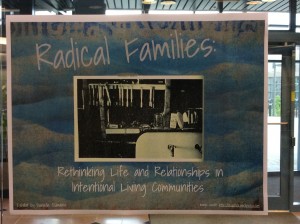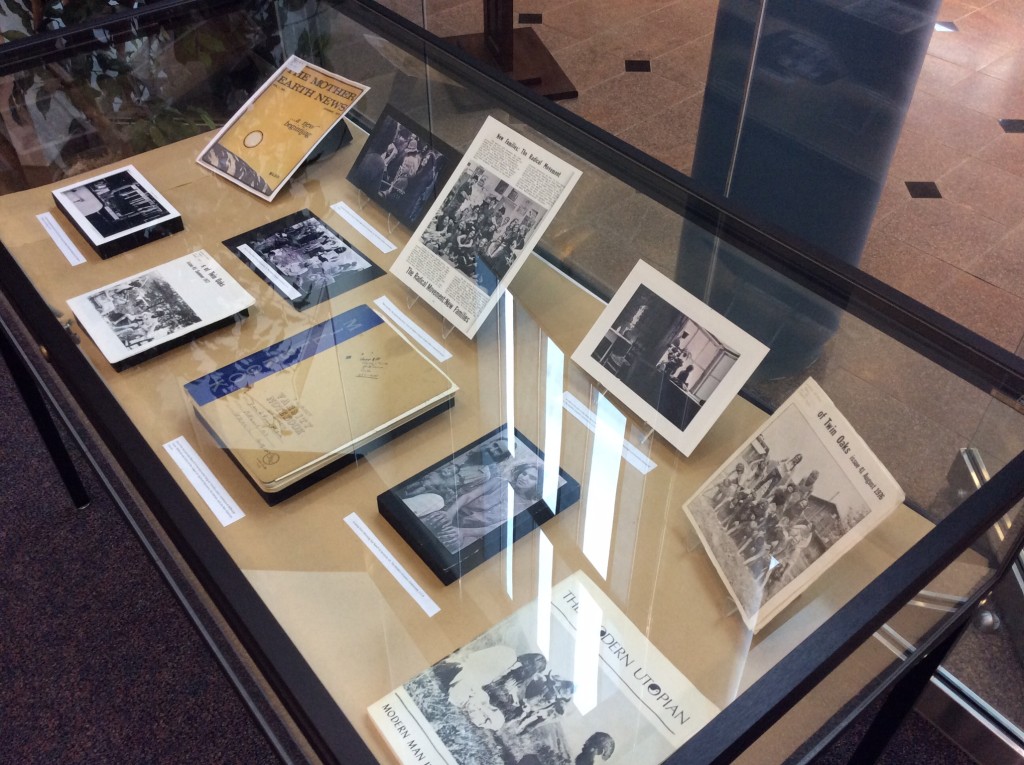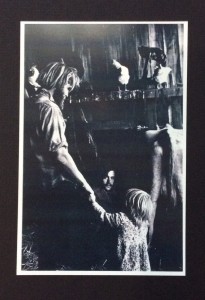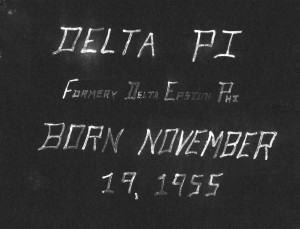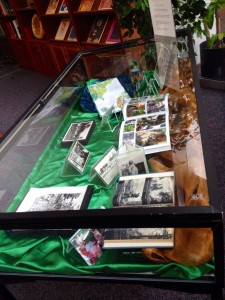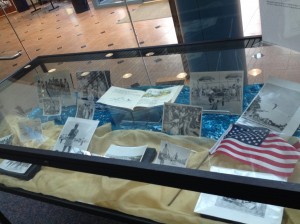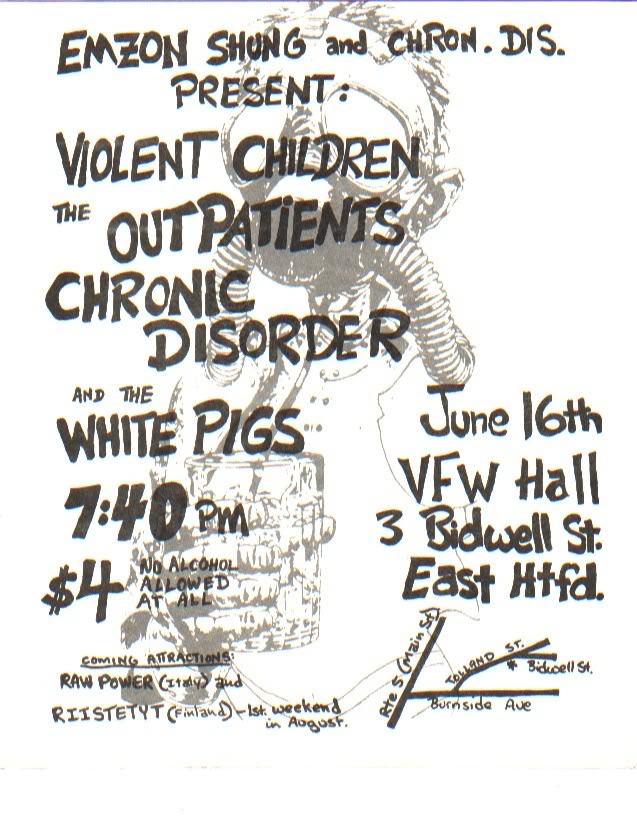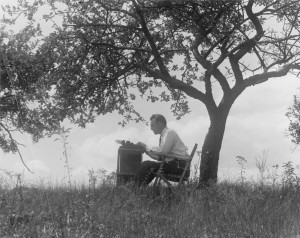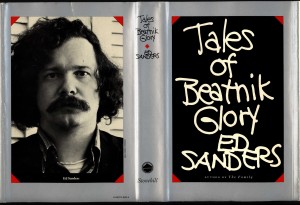[slideshow_deploy id=’1094′]
Archives & Special Collections is proud to announce that Ed Young, the multi-award winning author and illustrator of children’s books, has donated his extensive collection of artwork, sketches, scrolls, storyboards, color studies and other archival materials to the Northeast Children’s Literature Collection. Mr. Young was born in Tientsin, China, lived in Shanghai and Hong Kong, and moved to the United States in 1951 to study architecture. He graduated from the Art Center College of Design in Pasadena, California, and taught at the Pratt Institute, Yale University, Naropa Institute, and the University of California at Santa Cruz.
The awards and accolades for his books are too numerous to list but include the Caldecott Medal for Lon Po Po (1989) and Caldecott Honors for The Emperor and the Kite (1967) and Seven Blind Mice (1992). His books have been named to the ALA Notable Books list seven times, have been awarded the AIGA Award: The Fifty Most Beautiful Books of the Year ten times, and have received three Boston Globe Horn Book Honor Awards. Mr. Young was also nominated in 1992 and 2000 as the U.S. representative to receive the Hans Christian Andersen Award, for “works that have made a lasting contribution to children’s literature.” Some of Mr. Young’s best-known and most-loved books are derived from Chinese folktales and include The Sons of the Dragon King (2004); Monkey King (2001); The Lost Horse (1998); Mouse Match (1997); Night Visitors (1997); Little Plum (1994); Red Thread (1993); Seven Blind Mice (1992); The Voice of the Great Bell (1989); The Eyes of the Dragon (1986); Yeh Shen (1982); White Wave (1979); Cricket Boy (1977), and 8000 Stones (1971).
The Ed Young Papers have been on deposit in the Northeast Children’s Literature Collection for approximately eighteen years. His artwork travels extensively around the world for exhibitions, including many museums in this country as well as the European Union. Mr. Young employs various media such as collage, watercolor and pastel, making his collection a treasure trove for researchers in the fine arts. The finding aid for the Ed Young Papers provides information on the more than ninety books’ worth of archival materials. Mr. Young now lives in Westchester County, New York, with his family and a cat. More information on Ed Young is available at http://edyoungart.com/. The Northeast Children’s Literature Collection holds a substantial collection of materials pertaining to children’s literature and is very grateful for this extremely important addition.
Thank you, Mr. Young!


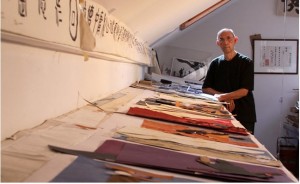
![Letter from S. Hitchcock of Reidsville [possibly North Carolina] to Michael Richmond of Windham County, Connecticut, August 13, 1835](https://blogs.lib.uconn.edu/archives/files/2014/08/2014-0113_ms1.jpg)
